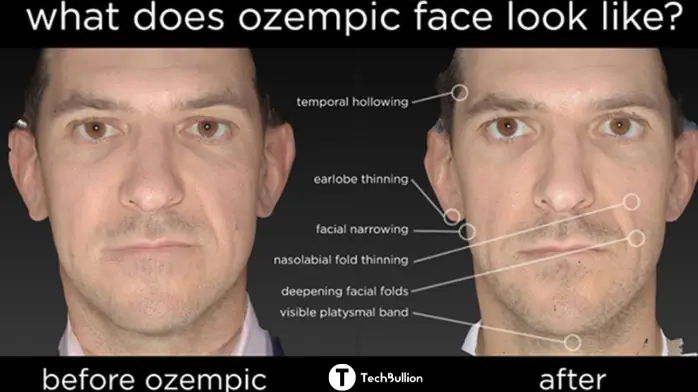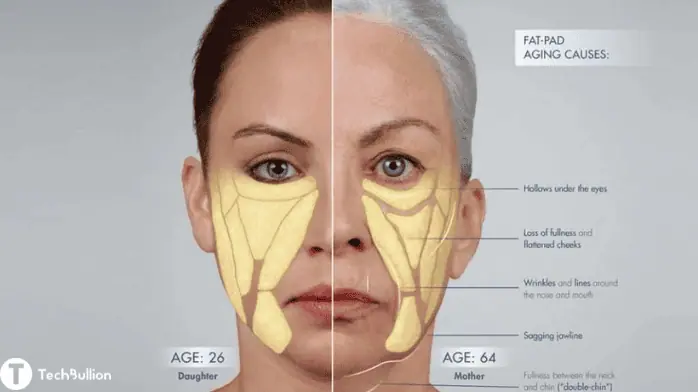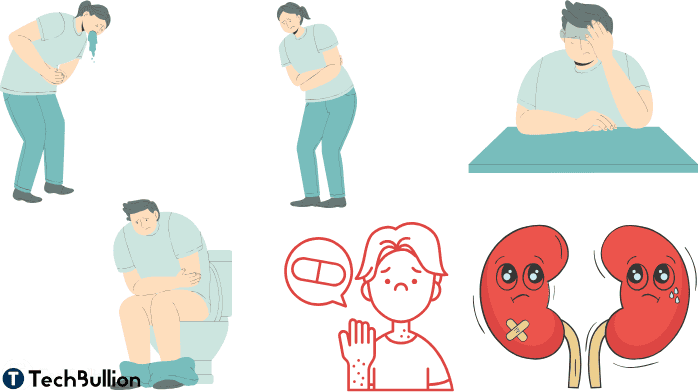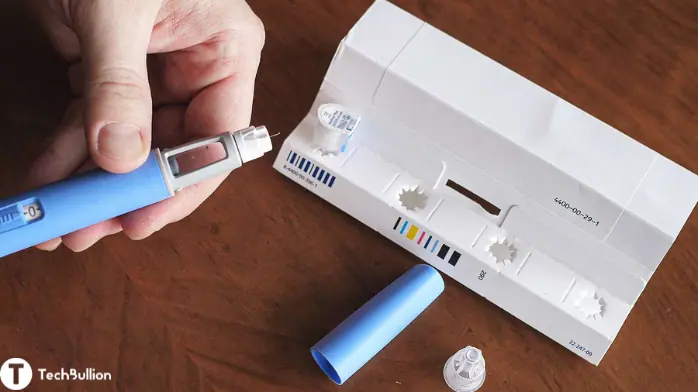What is Ozempic face?
Plastic Surgeons Ozempic Face refers to a condition in which the surgeons do treatment of faces with hanging, shrinking, and old-looking face skins. A famous and well-known cosmetic doctor named Dr. Paul Jarrod Frank came up with the term “Ozempic face” after helping many people with this problem.
Many people who take the diabetes drug semaglutide (Ozempic) experience Ozempic face problems. It results in to face shrinking and an old-looking skin. To treat skin and face side effects, a doctor may suggest making changes to your lifestyle or getting facial fillers.
A New York doctor came up with the trendy word to describe how skin that hangs loosely around the face can make a person look gaunt or hollow when they lose fat in their cheeks or neck.

Ozempic can be bought as an injectable pen. It should be injected under the skin of the thigh, upper arm, or belly once a week, on the same day every week. But a lot of people take it without a prescription to get the weight they want.
You May Also Like To Read
Marlo Thomas Net Worth | The Greatest Achievement
When you lose a lot of weight through diet, exercise, bariatric surgery, or medication, the amount of fat under your skin drops all over your body. However, loose elastin fibers stay, which can make it look like your face and neck have extra skin. It may seem like everyone is on Ozempic because a lot of people are. A recent Gallup poll found that about 6% of U.S. adults, or 15.5 million people, have taken the drug.
It’s about what the plastic doctors, who are seeing the tissues of Ozempic patients up close, are noticing while they work: The skin on these people doesn’t always act like skin usually does. Below there is an image showing Ozempic face before and after comparison.

How is plastic surgeons Ozempic face treatment done?
The name of the drug that is used to make Ozempic is semaglutide. It is an incretin mimic. These make sure that the pancreas makes enough insulin when the blood sugar level is high.
In Plastic Surgeons Ozempic Face, the drug is also a glucagon-like peptide-1 receptor agonist that works well and lasts a long time. In other words, it makes a person feel bigger and keeps their stomach from emptying right away, which means they can eat fewer calories.
When used as directed by a doctor, Ozempic is safe to use, but it can lead to fast weight loss that shows up most on the face. Facial fat protects the face and changes the way it looks and how elastic it is. When you lose weight, the fat that softens and spreads the skin is taken away. This can cause changes in your skin and shrinking.
After losing a lot of weight quickly, the skin on your face also loses its ability to pull back. This is because elastin and collagen levels drop, which are needed for structural stability.
Because of this, people who take Ozempic may notice the following changes in their faces:
- More wrinkles and lines on the skin are signs of age.
- Loss of fat can make the skin sag and become floppy.
- having a hollowed-out look.
- Lipodystrophy changes the way the body stores and builds up fat.

Possible side effects of taking Ozempic:
There is no risk in taking Ozempic, but it can cause mild to serious side effects. Some of these are:
- Nausea.
- Vomiting.
- Diarrhea.
- Flatulence.
- Constipation.
- Stomach ache.
- Abdominal pain.
- Fatigue.
- Injection-site reactions.
In very rare cases, people may also have major side effects, such as:
- Vision changes.
- Kidney problems.
- Gall bladder disease.
- Severe allergic reactions.
- Increased risk of thyroid cancer.
- Low blood sugar, also known as hypoglycemia.

How to prevent side effects of Ozempic:
Someone prescribed by Ozempic, may not be able to stop the side effects on their face. If one worries about that, then doctors can suggest the following measures:
- Lowering the Dose.
- Changing the medicine they’re taking.
- Getting 1 to 2 liters of water every day.
- Getting more protein by eating a meal high in protein.
- Using fillers for the skin.
- Making changes to your lifestyle can help you stay at a healthy weight.
- When someone stops taking Ozempic, the drug may not be found in their body for up to 5 weeks after their last dose.
You May Also Like To Know About
Is Crypto30x.com Your Gateway to Easy Crypto Trading?
What happens after you stop taking Ozempic?
A study done in 2022 looked at how 1,961 people’s body weight and metabolic risk factors changed one year after they were treated with semaglutide.
- It was found that stopping can make a person gain back the weight they lost.
- When someone stops, they may also notice:
- More hunger pangs.
- Not having any side effects.
- The blood sugar goes up.
When should you call a doctor?
People who take Ozempic should talk to their doctor if they have any serious side effects. They can write down their complaints and give them to the doctor.
A written warning about the risk of thyroid cancer is on Ozempic. People should know about it. Researchers have found that it has caused thyroid cancer in animals, but they don’t know if it also raises the risk in people.
However, someone should still talk to their doctor if any of the following happen after taking Ozempic:
- Difficulty in swallowing.
- Lump or pain in the neck.
- Wheezing.
- Shortness of breath.
- A hoarse voice that worsens over time.

A Brief Summary:
People who have type 2 diabetes have the option to use Ozempic as a medication. Even though Ozempic isn’t officially approved by the FDA for weight control, doctors may prescribe it off-label to patients who suffer from persistent obesity. Quick weight loss and a condition some refer to as “Ozempic face” are possible side effects.
Medical professionals advise that patients follow their doctors’ orders when taking Ozempic. If Ozempic causes serious adverse effects, the doctor may decide to discontinue medication and suggest other lifestyle adjustments.
Some people report an increase in food cravings, a lack of adverse effects, and a surge in blood sugar when they stop taking Ozempic. Any weight loss that may have occurred while taking it may also be reversed.
People Also Asked About:
Does Ozempic make you look different?
When used under the supervision of a doctor, Ozempic can lead to fast weight loss, which can be most noticeable in the face. Losing a lot of fat cells all of a sudden can make your face look less full and smooth, making you look thin.
What does the face of an Ozempic look like?
Some changes that can happen to a person’s face are:
- A lot more wrinkles and lines
- Lost fat cells cause the skin to become loose and sag.
- The look of being cleared out
Does Ozempic make your face and skin look older?
People don’t always lose skin at the same time when they lose a lot of weight quickly. Lack of fat cells may also make skin less flexible. Lines and wrinkles that usually come with getting older can show up.




3 thoughts on “Plastic Surgeons Ozempic Face: Surprising Effects and Treatment”